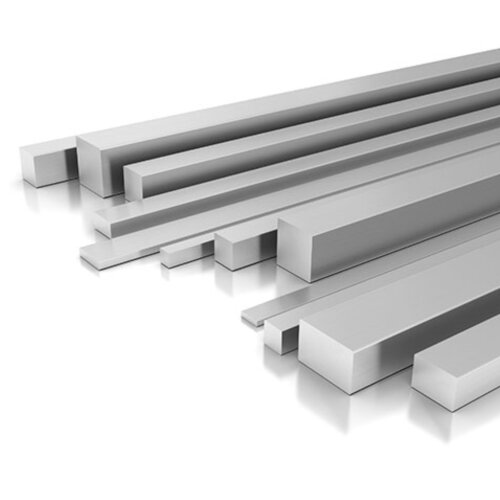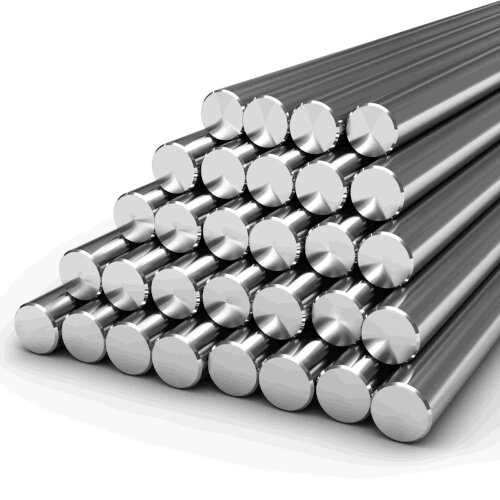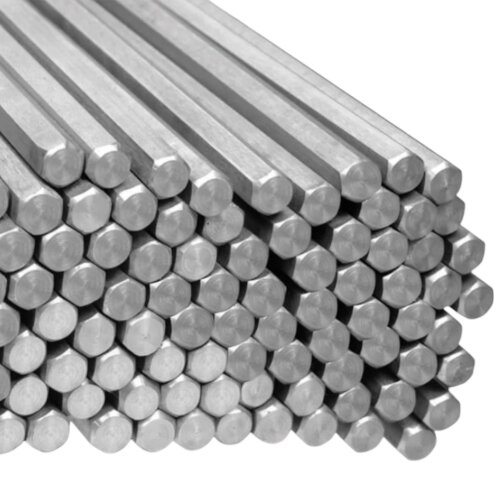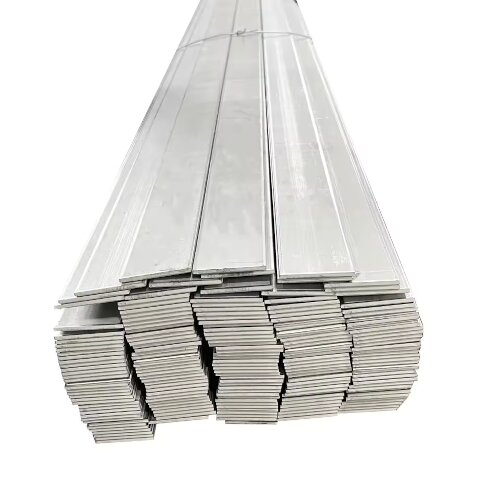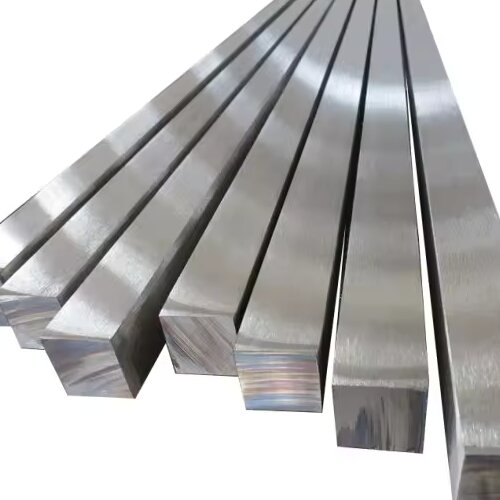What is Stainless Steel Bar?
Stainless steel, commonly referred to as inox, is a type of alloy resistant to rust and corrosion. Typically it contains at least 10.5% chromium and usually nickel, as well as 0.2 to 2.11% carbon. Not only does stainless steel possess corrosion resistance, but it also boasts aesthetic appeal, high hygienic standards, ease of maintenance, and exceptional durability.
Common grades include: 303, 304, 304L, 310, 310S, 316, 316L, 410, 410H, 416, 420, 420C, 431, 431F.
These qualities make it a favored material for a wide range of applications in everyday items and various industries, such as energy, transportation, construction, research, medicine, food production, and logistics. Additionally, stainless steel's environmental neutrality and inert properties, coupled with its long lifespan, contribute to its sustainability credentials.
Stainless steel is categorized into five primary families distinguished by their crystalline structure:
1. Austenitic: This is the largest family of stainless steels, constituting approximately two-thirds of all stainless steel production. Austenitic stainless steels feature an austenitic microstructure, characterized by a face-centered cubic crystal structure. Austenitic stainless steels cannot be hardened through heat treatment since they retain the same microstructure at all temperatures.
2. Ferritic: Ferritic stainless steels possess a ferrite microstructure similar to carbon steel, featuring a body-centered cubic crystal structure. They typically contain between 10.5% and 27% chromium with minimal or no nickel content.
3. Martensitic: Martensitic stainless steels exhibit a body-centered cubic crystal structure and offer a diverse range of properties. They find application in various fields such as stainless engineering, tool manufacturing, and creep-resistant applications. Martensitic steels are magnetic and generally less corrosion-resistant compared to ferritic and austenitic grades due to their lower chromium content.
4. Duplex: Duplex stainless steels showcase a mixed microstructure comprising both austenite and ferrite, with the ideal ratio being 50:50, though commercial alloys may vary with ratios of 40:60. These steels feature higher chromium (19–32%) and molybdenum (up to 5%) content and lower nickel levels compared to austenitic varieties.
5. Precipitation Hardening: Precipitation hardening stainless steels offer corrosion resistance similar to austenitic grades but can achieve even higher strength levels through precipitation hardening, surpassing other martensitic alloys.
Specification
We supply prime stainless steel bar in round, flat, square, and hexagonal cross-sections.
Our products are produced from a sustainable production route.
Our production is focused on Austenitic, Martensitic, and Ferritic grades; however, we are open to discuss all inquiries.
Diameter
Up to 190mm.
Length
3000mm or non-standard available.
Delivery
By container or bulk vessel.
Packing
Packed and wrapped in approx 1-tonne bundles, or as required.
